Slain terrorist Abu Ismail told Ajmal just before their encounter with cops at Chowpatty on their way to Malabar Hill.
The city’s posh south Mumbai locality, Malabar Hill, was one of the target areas for the terrorists who unleashed terror and mayhem in Mumbai on 26/11.
A day after opening the arguments in the 26/11 trial, special public prosecutor Ujjwal Nikam told the court that Mohammed Ajmal Amir alias Kasab and his slain accomplice Abu Ismail were headed towards Malabar Hill after firing outside Cama Hospital but what they were going to target was known only to Ismail.
Nikam said that after Ajmal and Ismail sat in the Skoda car which they stole from the owner Sharad Arsa near Vidhan Bhavan, there was a conversation between Ajmal and Ismail. As per the prosecution, Ajmal had said in his confession that he asked Ismail where to go from there.
“Pehle Ismail se puchha kahan? Usne kaha Malabar Hill. Maine puchha wahan kahan? Usne kaha wahan jaakar bataunga (I first asked Ismail where we are going. He said Malabar Hill. I asked where in Malabar Hill. He said he would tell me when we get there),” Ajmal had said in his confession of February 17 which he retracted in court on Saturday.
“They had a definite plan but it was inconsistent with the conspiracy hatched in Pakistan,” Nikam told the court. Since Ajmal himself did not know the reason
behind going to Malabar Hill, the prosecution has not stated any reasons for the same yet.
However, if the terrorist duo was not intercepted by police sub-inspector Tukaram Omble, who was martyred combating terrorists and his senior Sanjay Govilkar who was injured in the attack, they would have unleashed terror on the city’s prime locality housing most VIPs.
Since Ismail was killed while exchanging bullets with the police near Chowpatty and Ajmal was injured and arrested, their further plans of attacking Malabar Hill were thwarted. Had they gone past the police, places like Raj Bhavan, the chief minister’s residence Varsha, the Walkeshwar temple and Rocky Hill that houses the Chief Justice of the Bombay High Court, would have all been on the terror radar.
Nikam submitted evidence gathered by the Mumbai police crime branch with the help of international investigating agencies like the Federal Bureau of Investigation (FBI) to the special court.
Nikam told the court further, “For establishing the guilt of the accused we would like to rely on some technical evidence.” He said that the technical evidence was gathered with the help of experts from the FBI. He added that the technical evidence was divided into two parts - one establishing the nexus between Ajmal and the slain nine terrorists and the other establishing the nexus between Ajmal, the nine terrorists and the wanted accused from Pakistan.
Nikam said that fingerprints found on the glass door of Kuber, the Indian speedboat that they entered Mumbai on, were that of Ajmal and they matched the prints of his left hand. DNA samples were collected from 135 articles. The DNA samples were collected from blankets, handkerchiefs, an Israeli cap, a monkey cap and jackets found on Kuber. “Forensic experts matched the DNA profile of Kasab and the other nine on six articles,” Nikam said.
A diary written in Urdu was also found on Kuber which the police translated in Hindi. Nikam told the court that the diary had an account of the name of each of the ten terrorists, their duty hours and also the distribution of arms and ammunition among them.
The diary also mentioned the latitude and longitude of four places in India by sea-route.
Nikam added that five Global Positioning System (GPS) handsets were recovered from different sites — two from Taj, one from Oberoi, one from Nariman House, and one from Kuber. Nikam said that these GPS handsets were sent to the FBI laboratories and they have opined that of the five, three GPS handsets show the sea and land route used by the terrorists from Karachi to Badhwar Park and then to Café Leopold. However, two handsets were damaged and could not be examined.
Further technical evidence forwarded by the prosecution includes the Yamaha engine of the speedboat. “The FBI has informed us that the Yamaha engine was manufactured in Japan and sent to business and engineering prints in Pakistan.
As per the prosecution, each of the terrorist had a mobile phone. However, the police recovered only five handsets. These cell phones were manufactured in China and shipped to Pakistan.
Nikam said that Ajmal’s move to retract his confession was an after thought. He will submit the technical evidence to prove the nexus between Ajmal, the nine slain terrorists and the wanted accused at the next hearing. Special judge ML Tahiliyani has adjourned the case till April 20.
The prosecution has submitted a list of 1,820 witnesses and 1,350 documents in the chargesheet. Nikam gave a break up of how many witnesses will be examined in the 12 cases that Ajmal is being tried in. He is charged with direct involvement in seven and being a conspirator in the remaining.
![submenu-img]() Balancing Risk and Reward: Tips and Tricks for Good Mobile Trading
Balancing Risk and Reward: Tips and Tricks for Good Mobile Trading![submenu-img]() Balmorex Pro [Is It Safe?] Real Customers Expose Hidden Dangers
Balmorex Pro [Is It Safe?] Real Customers Expose Hidden Dangers![submenu-img]() Sight Care Reviews (Real User EXPERIENCE) Ingredients, Benefits, And Side Effects Of Vision Support Formula Revealed!
Sight Care Reviews (Real User EXPERIENCE) Ingredients, Benefits, And Side Effects Of Vision Support Formula Revealed!![submenu-img]() Java Burn Reviews (Weight Loss Supplement) Real Ingredients, Benefits, Risks, And Honest Customer Reviews
Java Burn Reviews (Weight Loss Supplement) Real Ingredients, Benefits, Risks, And Honest Customer Reviews![submenu-img]() Gurucharan Singh is still unreachable after returning home, says Taarak Mehta producer Asit Modi: 'I have been trying..'
Gurucharan Singh is still unreachable after returning home, says Taarak Mehta producer Asit Modi: 'I have been trying..'![submenu-img]() RBSE 12th Result 2024 Live Updates: Rajasthan Board Class 12 results DECLARED, get direct link here
RBSE 12th Result 2024 Live Updates: Rajasthan Board Class 12 results DECLARED, get direct link here![submenu-img]() IIT graduate Indian genius ‘solved’ 161-year old maths mystery, left teaching to become CEO of…
IIT graduate Indian genius ‘solved’ 161-year old maths mystery, left teaching to become CEO of…![submenu-img]() RBSE 12th Result 2024 Live Updates: Rajasthan Board Class 12 results to be announced soon, get direct link here
RBSE 12th Result 2024 Live Updates: Rajasthan Board Class 12 results to be announced soon, get direct link here![submenu-img]() Meet doctor who cracked UPSC exam to become IAS officer but resigned after few years due to...
Meet doctor who cracked UPSC exam to become IAS officer but resigned after few years due to...![submenu-img]() IIT graduate gets job with Rs 45 crore salary package, fired after few years, buys Narayana Murthy’s…
IIT graduate gets job with Rs 45 crore salary package, fired after few years, buys Narayana Murthy’s…![submenu-img]() DNA Verified: Is CAA an anti-Muslim law? Centre terms news report as 'misleading'
DNA Verified: Is CAA an anti-Muslim law? Centre terms news report as 'misleading'![submenu-img]() DNA Verified: Lok Sabha Elections 2024 to be held on April 19? Know truth behind viral message
DNA Verified: Lok Sabha Elections 2024 to be held on April 19? Know truth behind viral message![submenu-img]() DNA Verified: Modi govt giving students free laptops under 'One Student One Laptop' scheme? Know truth here
DNA Verified: Modi govt giving students free laptops under 'One Student One Laptop' scheme? Know truth here![submenu-img]() DNA Verified: Shah Rukh Khan denies reports of his role in release of India's naval officers from Qatar
DNA Verified: Shah Rukh Khan denies reports of his role in release of India's naval officers from Qatar![submenu-img]() DNA Verified: Is govt providing Rs 1.6 lakh benefit to girls under PM Ladli Laxmi Yojana? Know truth
DNA Verified: Is govt providing Rs 1.6 lakh benefit to girls under PM Ladli Laxmi Yojana? Know truth![submenu-img]() Urvashi Rautela mesmerises in blue celestial gown, her dancing fish necklace steals the limelight at Cannes 2024
Urvashi Rautela mesmerises in blue celestial gown, her dancing fish necklace steals the limelight at Cannes 2024![submenu-img]() Kiara Advani attends Women In Cinema Gala in dramatic ensemble, netizens say 'who designs these hideous dresses'
Kiara Advani attends Women In Cinema Gala in dramatic ensemble, netizens say 'who designs these hideous dresses'![submenu-img]() Influencer Diipa Büller-Khosla looks 'drop dead gorgeous' in metallic structured dress at Cannes 2024
Influencer Diipa Büller-Khosla looks 'drop dead gorgeous' in metallic structured dress at Cannes 2024![submenu-img]() Kiara Advani stuns in Prabal Gurung thigh-high slit gown for her Cannes debut, poses by the French Riviera
Kiara Advani stuns in Prabal Gurung thigh-high slit gown for her Cannes debut, poses by the French Riviera![submenu-img]() Heeramandi star Taha Shah Badussha makes dashing debut at Cannes Film Festival, fans call him ‘international crush’
Heeramandi star Taha Shah Badussha makes dashing debut at Cannes Film Festival, fans call him ‘international crush’![submenu-img]() Haryana Political Crisis: Will 3 independent MLAs support withdrawal impact the present Nayab Saini led-BJP government?
Haryana Political Crisis: Will 3 independent MLAs support withdrawal impact the present Nayab Saini led-BJP government?![submenu-img]() DNA Explainer: Why Harvey Weinstein's rape conviction was overturned, will beleaguered Hollywood mogul get out of jail?
DNA Explainer: Why Harvey Weinstein's rape conviction was overturned, will beleaguered Hollywood mogul get out of jail?![submenu-img]() What is inheritance tax?
What is inheritance tax?![submenu-img]() DNA Explainer: What is cloud seeding which is blamed for wreaking havoc in Dubai?
DNA Explainer: What is cloud seeding which is blamed for wreaking havoc in Dubai?![submenu-img]() DNA Explainer: What is Israel's Arrow-3 defence system used to intercept Iran's missile attack?
DNA Explainer: What is Israel's Arrow-3 defence system used to intercept Iran's missile attack?![submenu-img]() Gurucharan Singh is still unreachable after returning home, says Taarak Mehta producer Asit Modi: 'I have been trying..'
Gurucharan Singh is still unreachable after returning home, says Taarak Mehta producer Asit Modi: 'I have been trying..'![submenu-img]() ‘Jo mujhse bulwana chahte ho…’: Angry Dharmendra lashes out after casting his vote in Lok Sabha Elections 2024
‘Jo mujhse bulwana chahte ho…’: Angry Dharmendra lashes out after casting his vote in Lok Sabha Elections 2024![submenu-img]() Deepika Padukone spotted with her baby bump as she steps out with Ranveer Singh to cast her vote in Lok Sabha elections
Deepika Padukone spotted with her baby bump as she steps out with Ranveer Singh to cast her vote in Lok Sabha elections![submenu-img]() Jr NTR surprises fans on birthday, announces NTR 31 with Prashanth Neel, shares details
Jr NTR surprises fans on birthday, announces NTR 31 with Prashanth Neel, shares details ![submenu-img]() 86-year-old Shubha Khote wins hearts by coming out to cast her vote in Lok Sabha elections, says meant to inspire voters
86-year-old Shubha Khote wins hearts by coming out to cast her vote in Lok Sabha elections, says meant to inspire voters![submenu-img]() Watch viral video: Man gets attacked after trying to touch ‘pet’ cheetah; netizens react
Watch viral video: Man gets attacked after trying to touch ‘pet’ cheetah; netizens react![submenu-img]() Real story of Lahore's Heermandi that inspired Netflix series
Real story of Lahore's Heermandi that inspired Netflix series![submenu-img]() 12-year-old Bengaluru girl undergoes surgery after eating 'smoky paan', details inside
12-year-old Bengaluru girl undergoes surgery after eating 'smoky paan', details inside![submenu-img]() Viral video: Pakistani man tries to get close with tiger and this happens next
Viral video: Pakistani man tries to get close with tiger and this happens next![submenu-img]() Owl swallows snake in one go, viral video shocks internet
Owl swallows snake in one go, viral video shocks internet




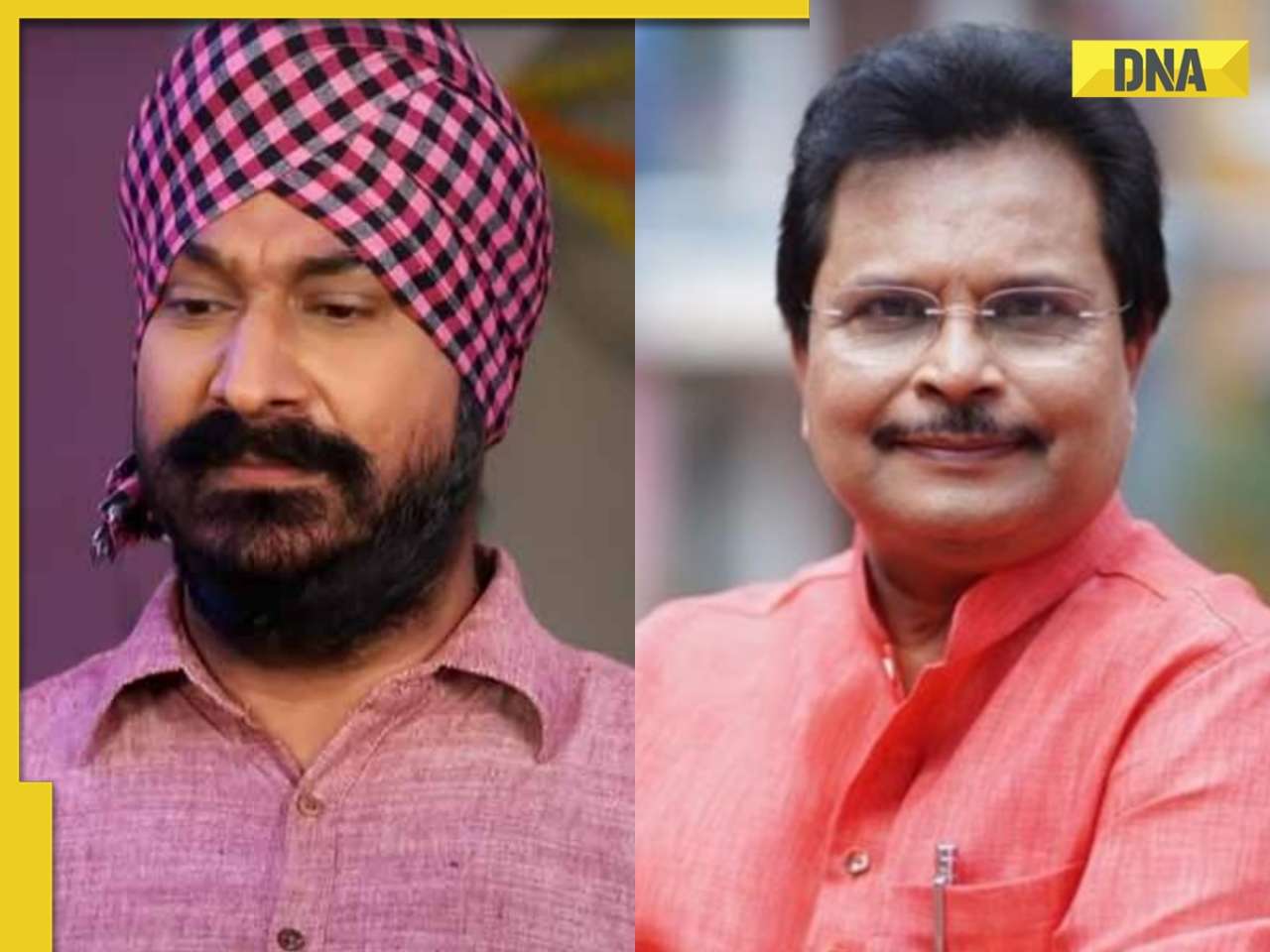





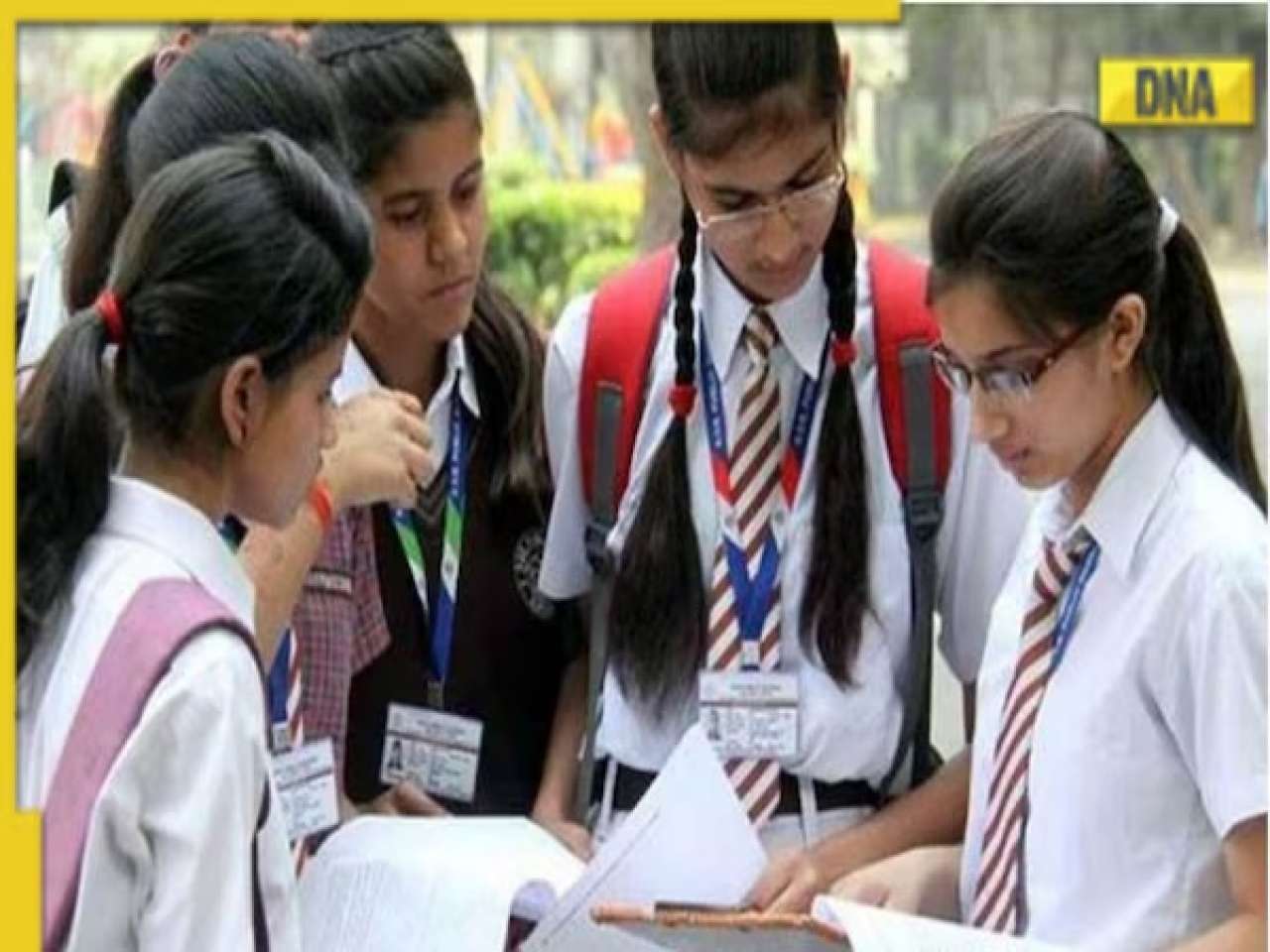

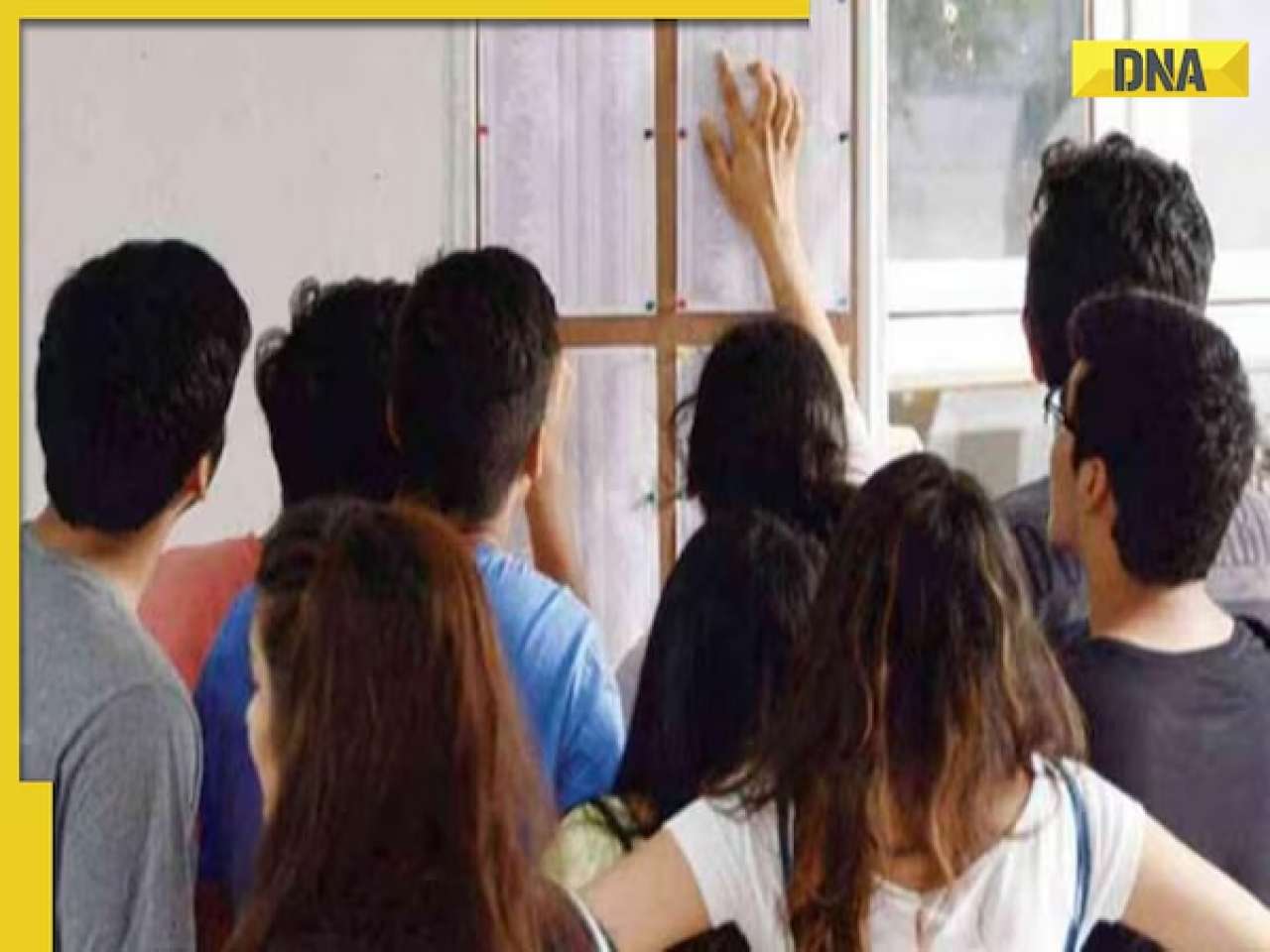
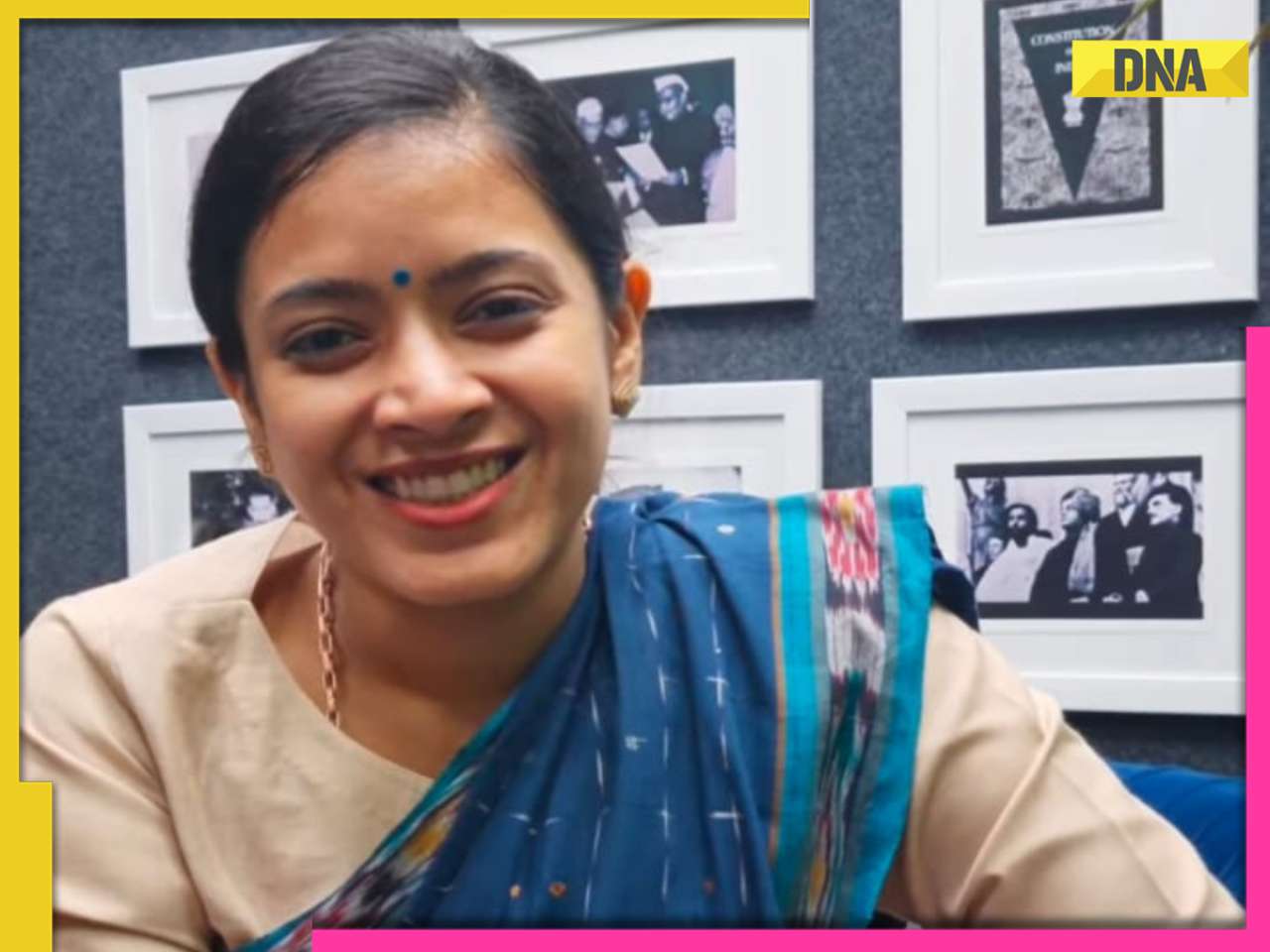



















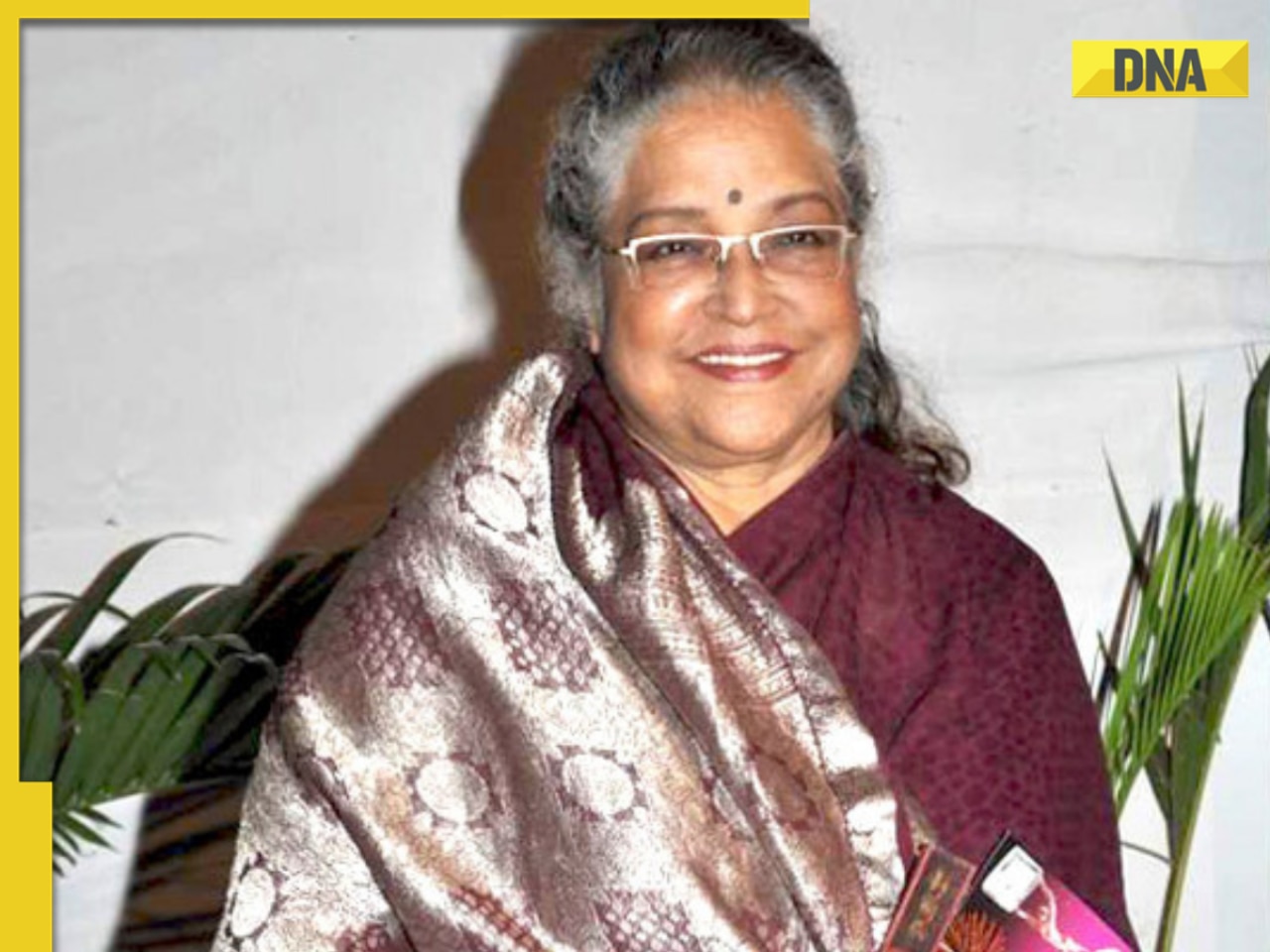

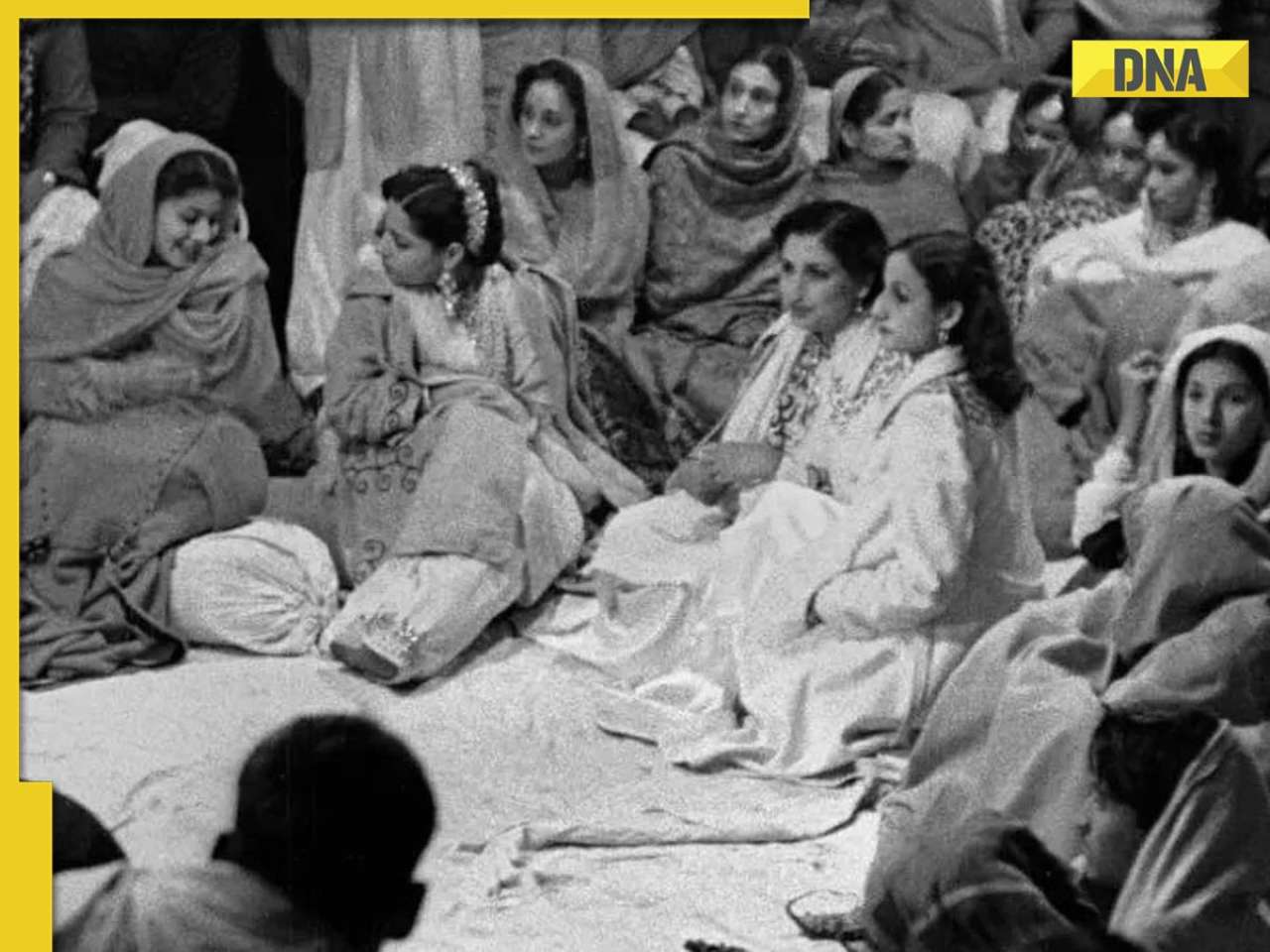
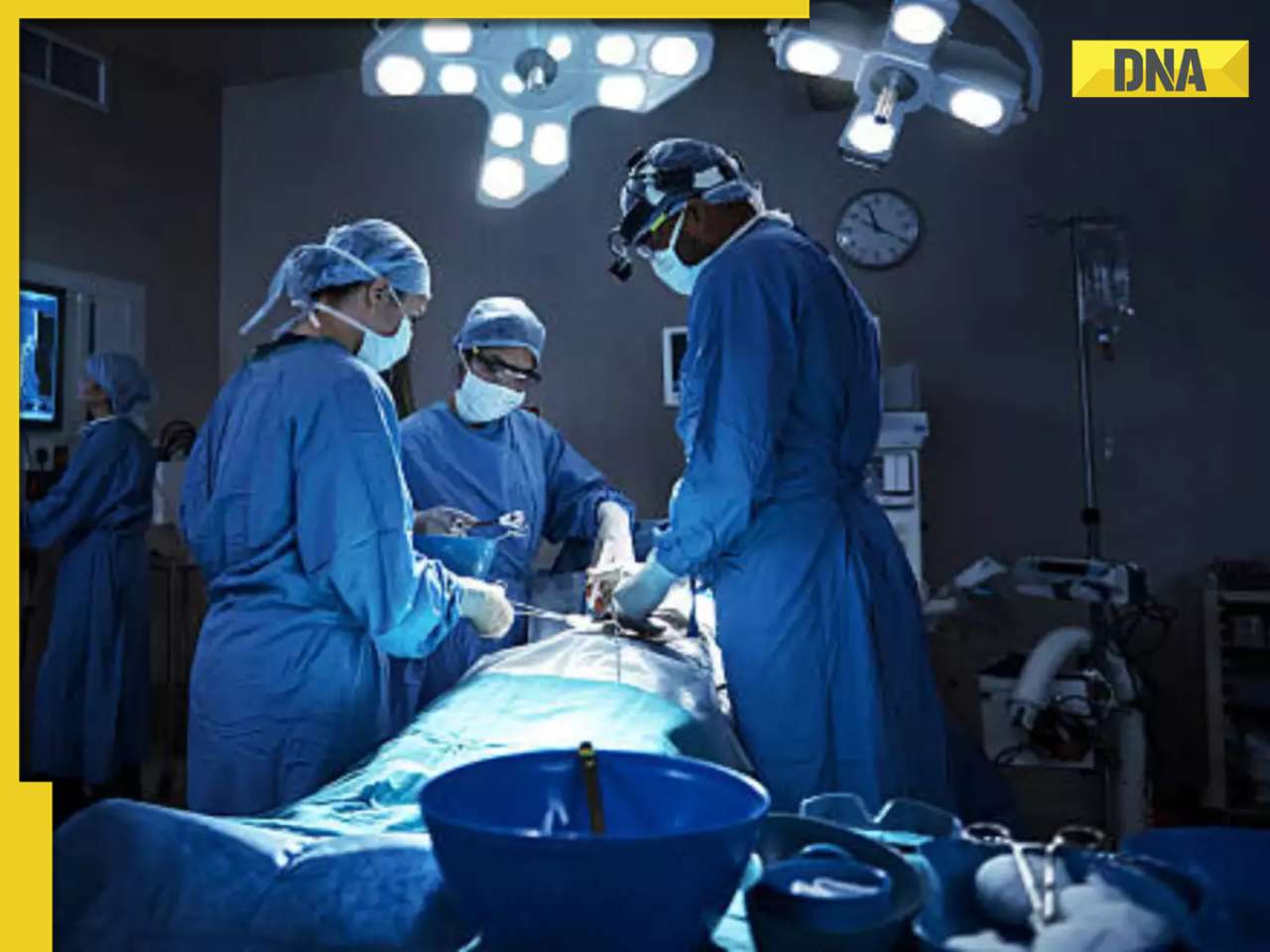








)
)
)
)
)
)